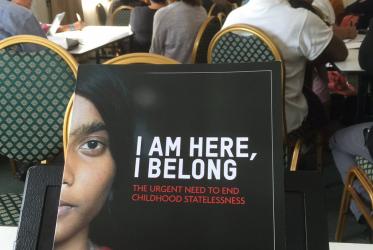République de Côte d'Ivoire
Before colonization, the coastal area of today's Ivory Coast was settled by groups who migrated from the north to the forest. In the 15th century, French and Portuguese traders explored the area, in search of ivory and slaves. France extended its influence inland in the 19th century, and the territory became a French colony at the Berlin conference in 1884. Ivory Coast achieved its independence in 1960. Under the one party regime of president Houphouët-Boigny, the country maintained close political and economic ties with France. It had one of the most developed economies of sub-Saharan Africa, based on the production and export of cocoa and coffee, and remained stable until the 1990s, when tensions between population groups and regions became manifest. In 2002 a rebellion divided the country in two: the less developed north, and the south where the plantations are concentrated. In 2005, negotiations were still going on to settle the conflict. Christian missions began working in the area in the 19th century. The Catholic Church is the majority church. Most of the Protestant churches are Pentecostal and Evangelical. There are also several indigenous and independent churches. The Protestant Federation was dissolved in 1963. Plans to create a Christian Council had not yet materialized in 2005. A Forum of Religious Confessions, set up in 1997, brings together the Catholics, Protestants, Muslims, and African churches. The north of the country is predominantly Muslim.

